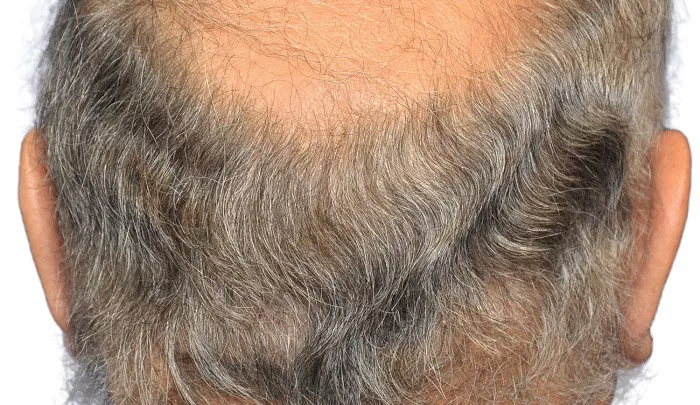Hair loss affects millions worldwide, influenced by aging, genetics, and stress. Fortunately, advances in hair transplant surgery have made restoring a full head of hair more accessible, natural-looking, and effective than ever before. But with several popular techniques available, understanding each method’s benefits, costs, and recovery expectations is key to making an informed decision.
Follicular Unit Extraction (FUE) remains one of the most sought-after procedures in 2025. This minimally invasive technique involves harvesting individual hair follicles from the donor area—usually the back of the scalp—and transplanting them to thinning regions. FUE boasts minimal visible scarring and a quicker hair transplant recovery, making it ideal for patients who prefer shorter hairstyles. However, due to its meticulous nature, FUE often comes with a higher hair transplant cost, ranging from $4,000 to $15,000 or more depending on the extent of grafts needed.
In contrast, Follicular Unit Transplantation (FUT), or the strip method, entails removing a strip of scalp tissue from the donor site, which is then dissected into follicular units for transplantation. While FUT can be more cost-effective—typically costing between $3,500 and $12,000—and efficient for larger sessions, it usually leaves a linear scar and requires a slightly longer recovery period. This may be less appealing for those who wear their hair very short.
Emerging technologies such as robotic hair transplant surgery, which automates follicle extraction and implantation with high precision, and Direct Hair Implantation (DHI), offering enhanced control over follicle placement, are gaining traction but tend to command a premium price. These options appeal to patients seeking cutting-edge solutions with potentially faster recovery times and more natural results, albeit with hair transplant costs sometimes exceeding $20,000.
Beyond surgical options, non-invasive treatments like Platelet-Rich Plasma (PRP) and experimental stem cell therapies are being explored, particularly for early hair loss or as complementary procedures.
Given the range of techniques and varying hair transplant costs, clinics increasingly offer flexible financing solutions to ease the financial burden. For example, some providers partner with lending services to offer low-interest payment plans, helping patients access the hair restoration they need without upfront cost barriers.
In summary, whether considering FUE, FUT, or advanced robotic methods, understanding the nuances of hair transplant surgery—including the procedure’s cost and recovery timeline—can empower patients to choose the best option for their lifestyle and budget. With innovation and financing options improving accessibility, regaining a natural-looking hairline has never been more achievable.
Related Topics:
- Does Hair Transplant Hurt? A Comprehensive Guide
- How to Bring Your Hairline Forward: A Comprehensive Guide
- Side Effects of Hair Implants: A Comprehensive Overview


